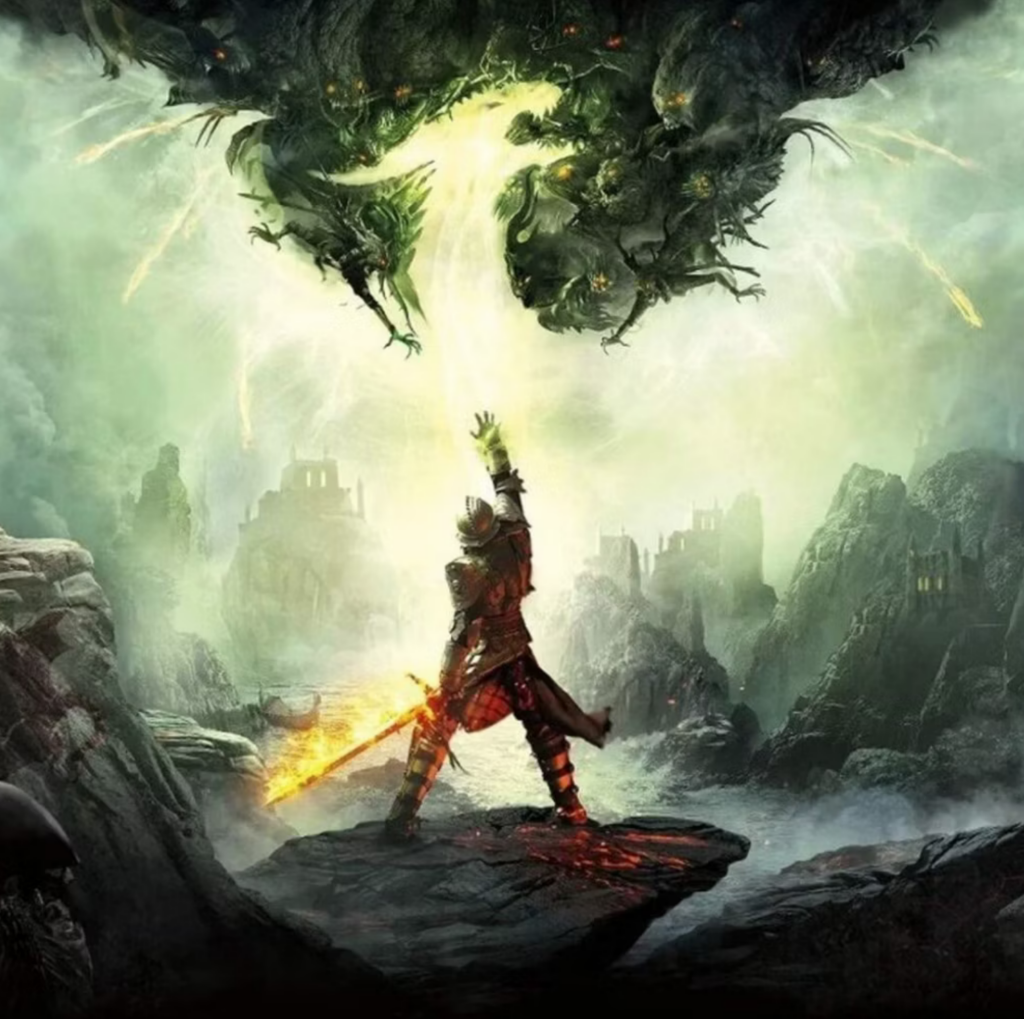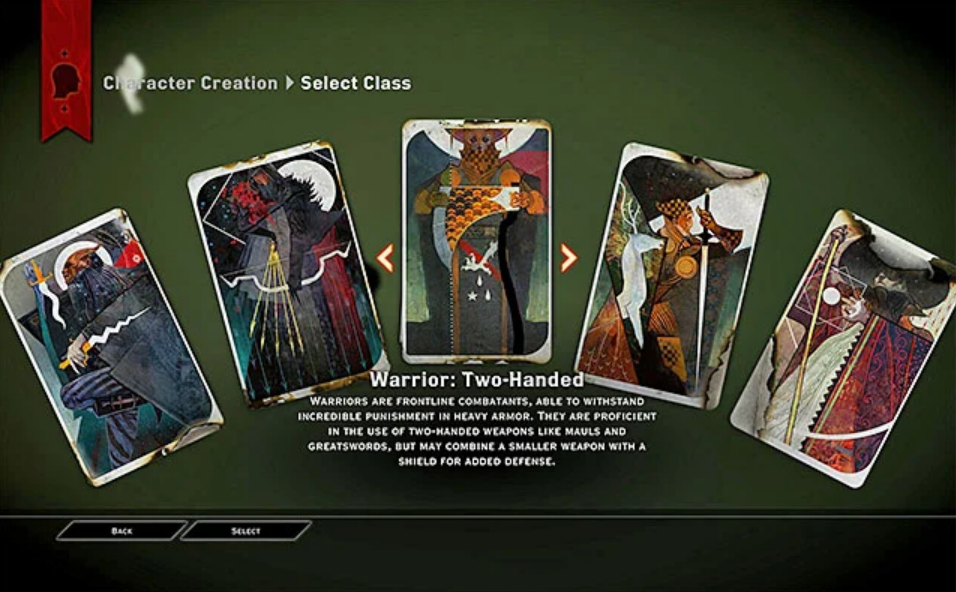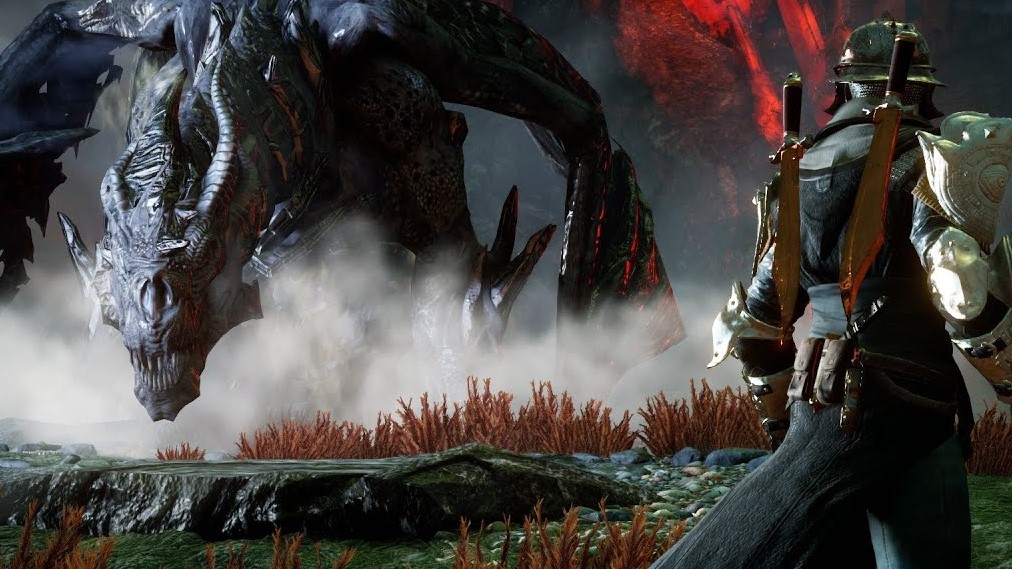Big Changes in an Established IP

Dragon Age: Inquisition is the third game in the Dragon Age franchise. As such, it expands on established world-building and lore, and then presents major shifts to both that turn a lot of what fans know on its head. From a change to game engine to a increase in scope, Inquisition takes some bold steps to help establish itself as another critical point of the Dragon Age timeline.
True to the previous games of the series, players create a character that they take center stage and make story-altering choices with. Once again race and class are among character creation choices, similar to Origins. While the race and class selection don’t affect where players start this time, it does still provide some unique dialogue choices and combat options throughout the game. Inquisition is also the first game of the series to allow players to play as a Qunari, expanding on the race selection list since Origins.

Throughout the game, player choice once again plays a major role in how events through the main and side stories play out. Not only can player choice once again determine which party members get recruited to the player’s lineup, but it can also directly affect the fate of entire factions this time around. BioWare even crafted a tool called the Dragon Age Keep to allow players the chance to see how their choices from previous games quite literally helped shaped the world leading up to Inquisition, if they decide to create a world state file with the tool. The level of intricacy in player-affected storytelling that developer BioWare has become known for is still very much present in Inquisition, but there is a bit more proverbial wiggle room on minor decisions. While this may not seem desirable, it actually gives players a bit more room to role-play and build out the personality of their character, as well as build bonds with their companions, without worrying about their decisions resulting in an immediate loss of a companion or something similarly major. This is especially reassuring if players are trying to romance certain members of their party, but don’t want to progress main story immediately while doing so.

The change to the engine from previous Dragon Age games led to a change in combat. Once again, BioWare technically gives players the choice between a real-time combat style, a player-controlled time advance combat style, or a mix of the two. The real-time combat style is very similar to previous Dragon Age iterations with auto attacks and abilities against targets of the player’s choice. Then, the player-controlled time advance system is similar to Origins pause in combat capability. In the second system, players can once again queue actions to take place before advancing time. The differences this time around are that this second system shifts the camera to a top down view, giving players an easier to navigate assessment of the battlefield, and that advancing time can be done without leaving that same top down view. Inquisition is also the first of the Dragon Age series to turn off friendly fire, meaning that only residual, environmental, and enemy fire will burn you, so casting Fireball every which way suddenly became a lot more viable.
Overall, Inquisition is a strong entry in the Dragon Age series that expands on the story that players have already come to know and love, while still providing unique changes and updates to keep it from feeling like a carbon copy of any previous iterations. While the combat may not look as visually dynamic as Dragon Age 2, it is still solidly balanced, and the learning curve to adapt to it is small. The choice-affected storytelling that BioWare has arguably made their staple is still impressively intricate, especially since previous game decisions are still being taken into consideration. Dragon Age: Inquisition’s scope is still large and inspiring, giving players plenty to explore and shape, as well as even more dragons to encounter.
